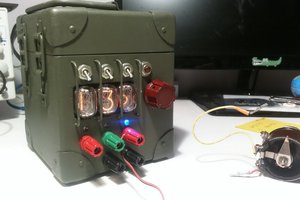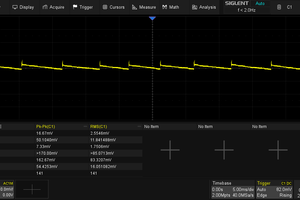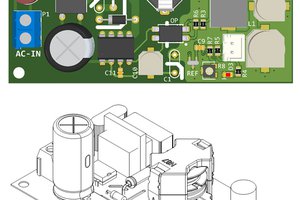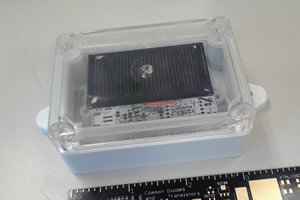Every Electronics Engineer needs a source to pull the Electrons around their creations and projects. The goal of this project is to develop an Open Source Power Supply which can be built by anyone with a soldering iron, without mains power in the design compromising safety. The OSPS will fulfil these main requirements:
- Low Voltage DC Power Supplies, such as a laptop power supply, will be used as the main input for the PSU. This removes any need to protect against mains in the design making it safer and reducing the cost. The unit will also be able to utilise USB as an input supply for lower power needs.
- The design will have control of voltage and current supplied.
- The device will be able to be controlled by a front panel User Interface with a screen and switches, or by a software interface.
- Logging will be able to be done on the device and egressed to the Desktop application.
- The target cost to someone replicating the design is £100.
- All aspects of the design will be done using Freely Available Software, cross platform and Open Source where possible.
Future enhancements include:
- Integrating USB Type C with an aim of understanding the USB Power Delivery
 Ashley Robinson
Ashley Robinson

 hesam.moshiri
hesam.moshiri

 Joe Miller
Joe Miller